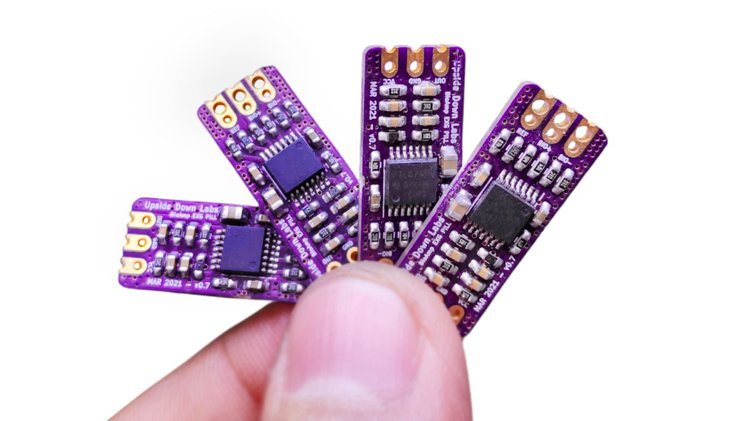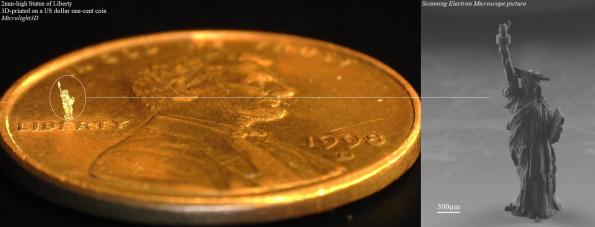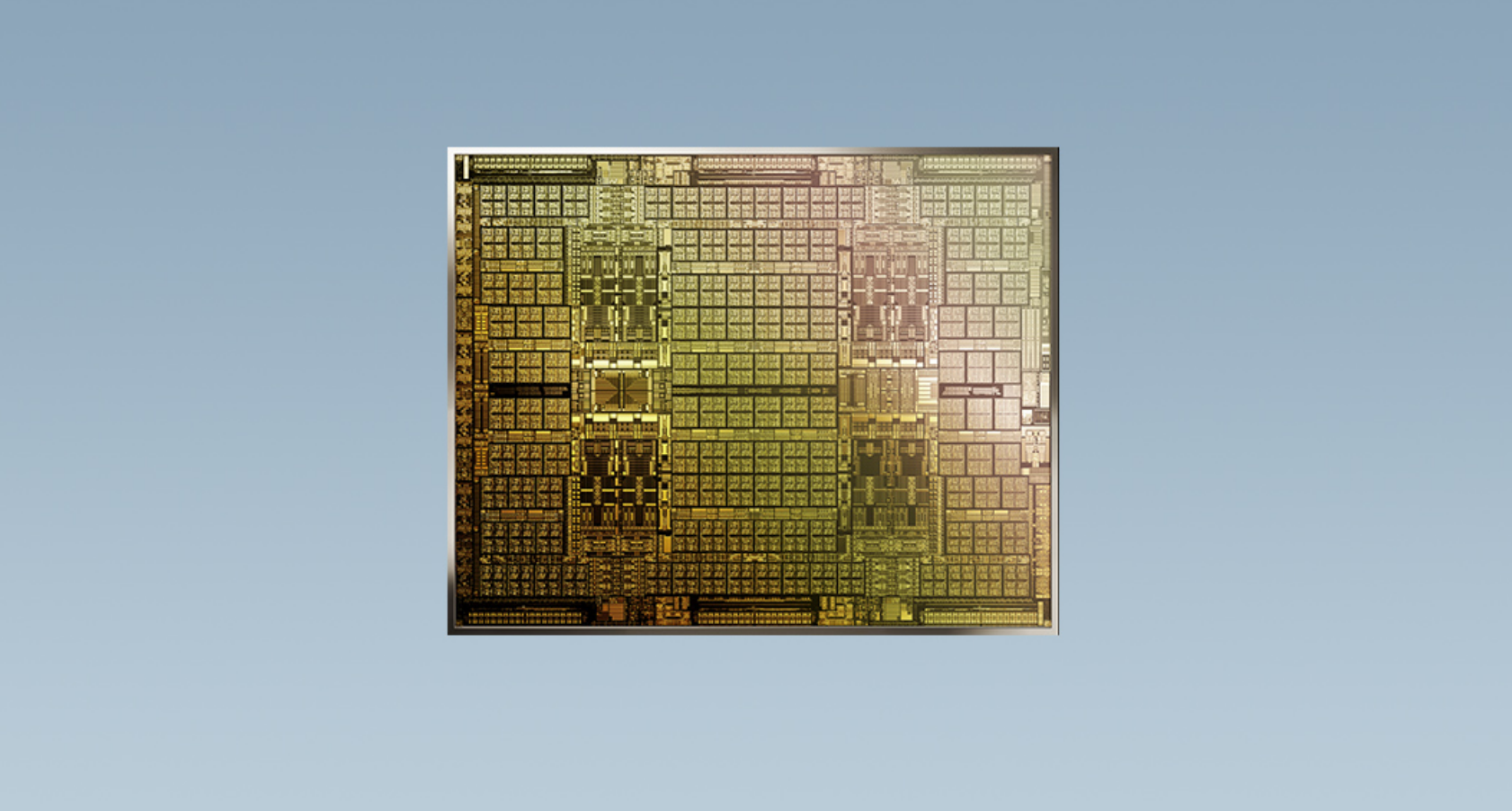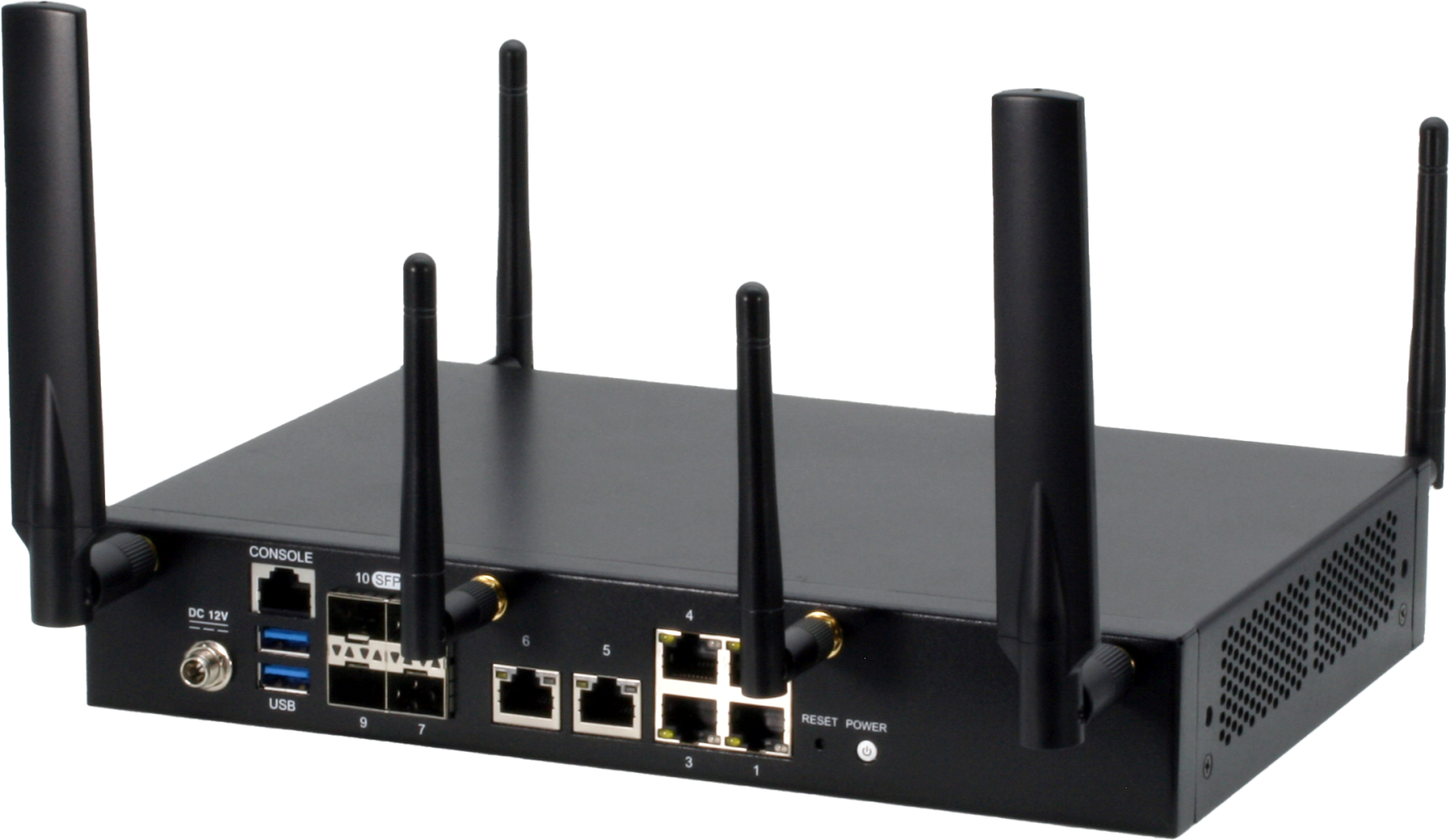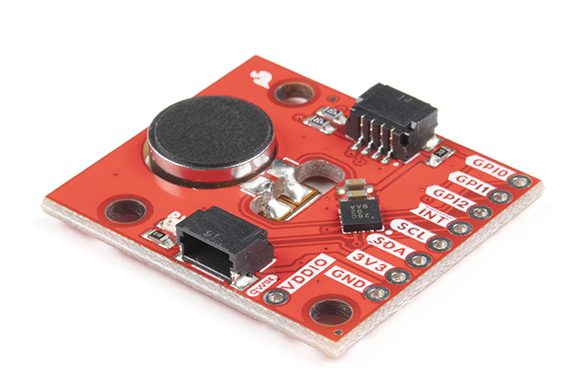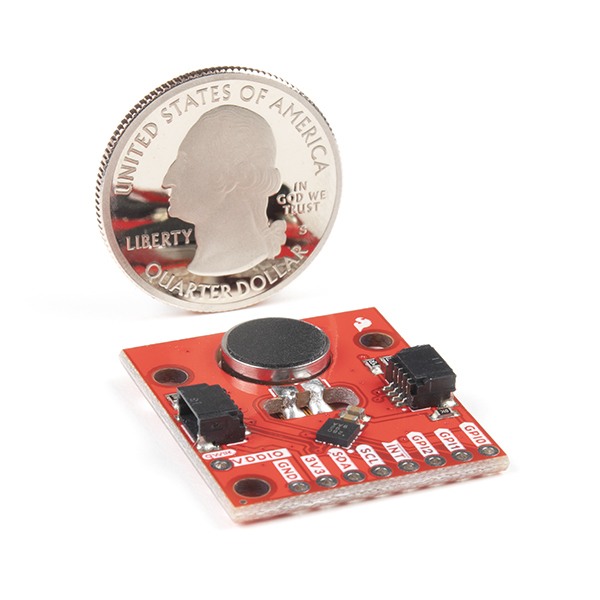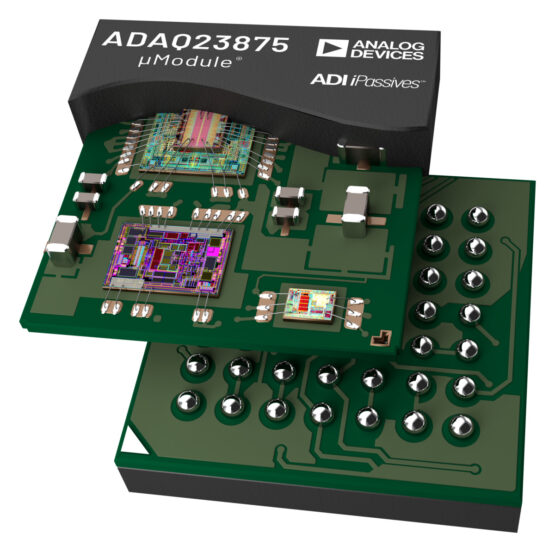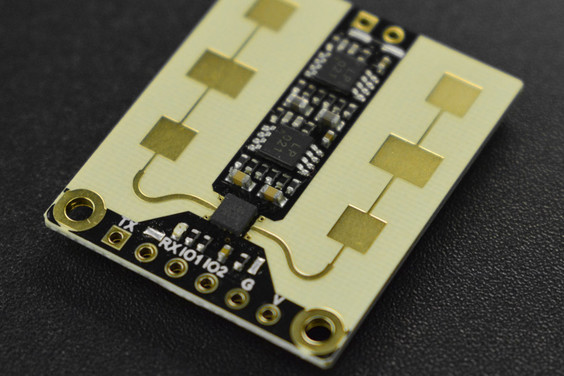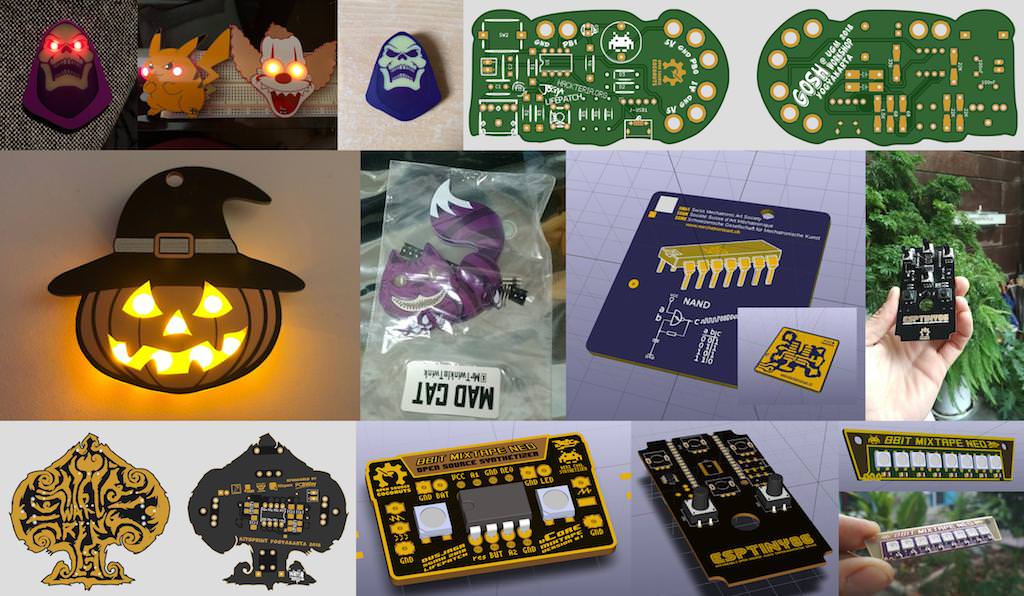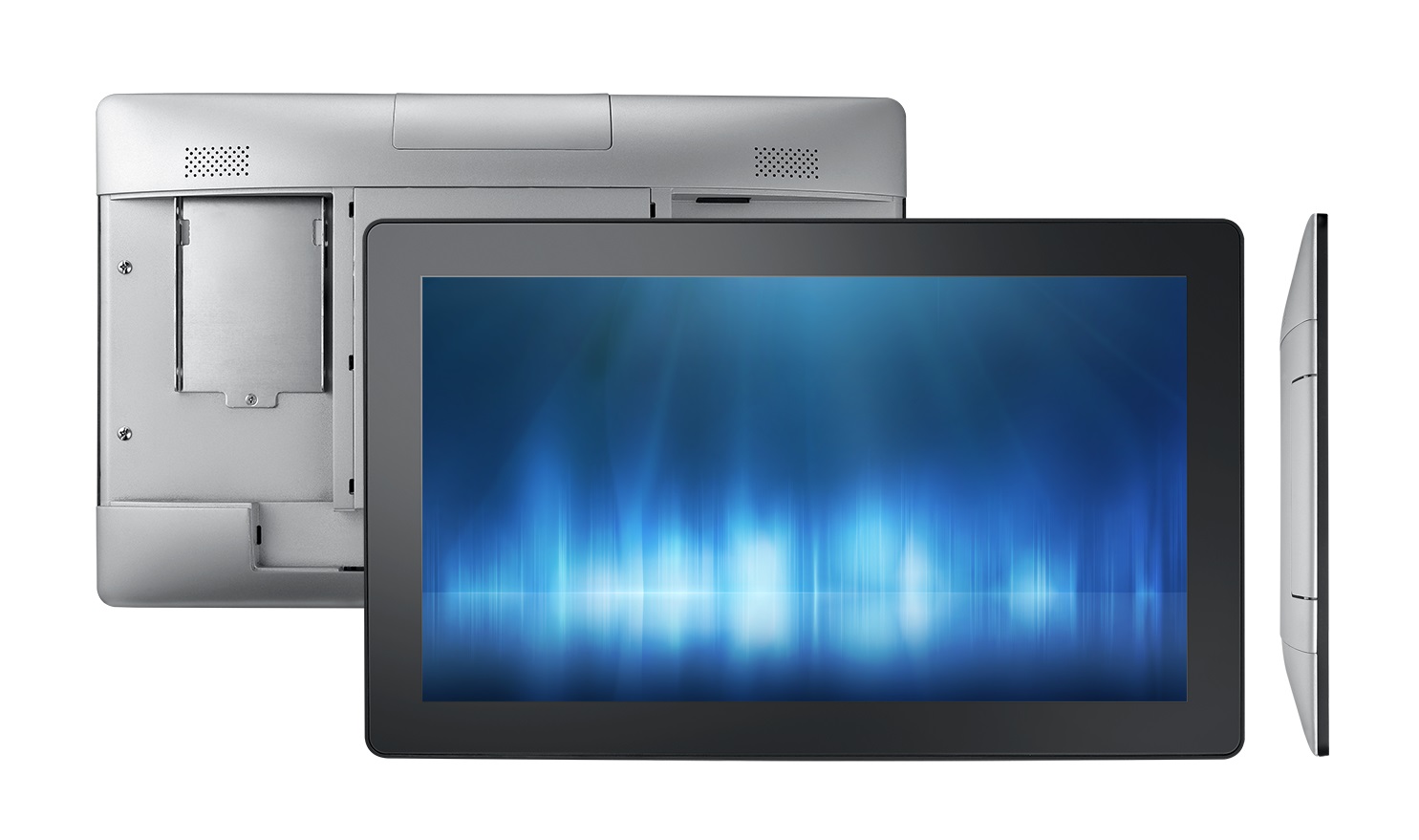
Advantech, a leading provider of service automation solutions, is pleased to announce the launch of two screen sizes of the new UTC-100 series all-in-one touch computers. Featuring an ultra-slim profile and lightweight structure for enclosed public spaces and customer-facing environments, UTC-100 series is a reliable solution delivering energy-efficient computing performance. Comparable to the other UTC series computers, the system’s fanless design ensures quiet operation and prevents the ingress of dust. Additionally, the UTC-100 family supports multiple OS, including Windows 10 IoT Enterprise, Linux, and Android 10.1, enabling easy integration with existing systems. Aimed at self-service and interactive signage applications, this slim-profile solution provides an interactive touchpoint for streamlining operations, improving service efficiency, and enhancing the overall user experience.
UTC-115
UTC-115 features a durable plastic exterior, widescreen touch display, and lightweight components. With a thickness of just 29.5 mm, Advantech’s UTC-115 touch computer is one of the thinnest products of its type, enabling easy installation, integration, and maintenance in public spaces. This machine combines powerful 24/7 performance with a thin form-factor package for applications in diverse retail environments.
Featuring two Gigabit Ethernet, two COM, four USB 3.0, one HDMI, and one audio connector, UTC-115’s minimalist design offers only essential I/Os. The system’s easy installation, adaptable I/Os, and expansion support makes Advantech’s UTC-115 an ideal choice for retail applications.
UTC-120
UTC-120 with its 21.5-inch display features a slim form factor, projected capacitive (PCAP) touch control, and provides a reliable computing solution for self-service applications at retail stores, restaurants, hotels, leisure and entertainment venues, banks, and other public service venues. The full HD touch display with 1080p resolution delivers sharper, more detailed imaging for an enhanced viewing experience.
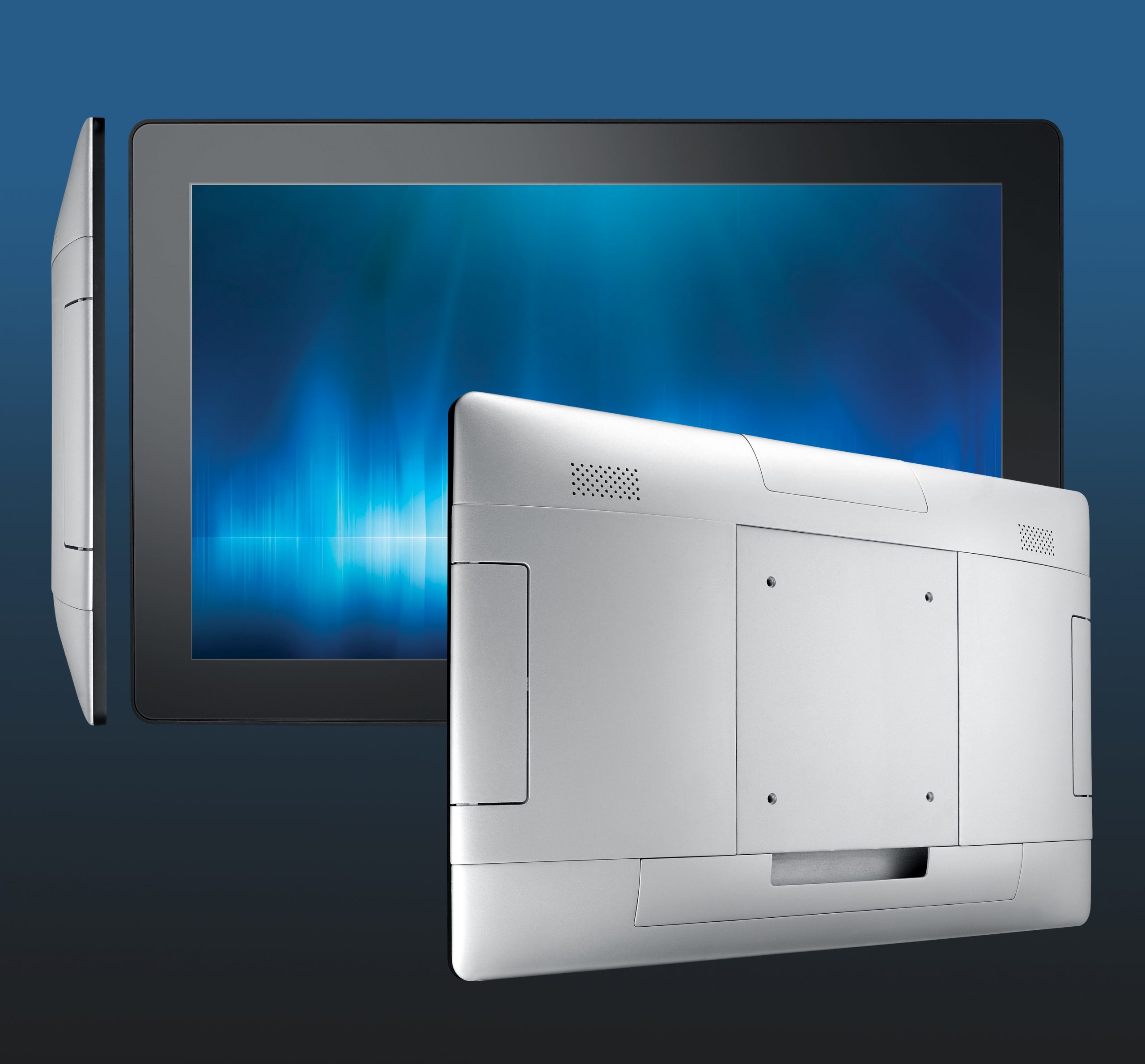
Flexible Installation and I/O for Integrated Functionality and Essential Connectivity
Advantech’s UTC-100 series supports multiple installation methods, substantially expanding system adaptability. Equipped with a 100×100 VESA mount and easy cabling design, it supports portrait and landscape screen orientations. Additionally, modularized peripherals can be installed on four sides of the computer to accommodate unique requirements. Featured peripherals include an RFID reader, 5M camera, smart card reader, magnetic strip reader, 1D /2D barcode scanner, and LED light bar for value-added functionality. UTC-100 family features a three sectional I/O, enabling secure connections while concealing cords for reliability and safety.
Advantech’s UTC-100 series supports a wide voltage range (12 ~ 24V) to accommodate various power supply considerations.
Key Features
- Energy-efficient slim form factor with fanless design
- Built-in Intel® Celeron®/ Pentium® N4200 and Core i5-8365UE
- 16:9 widescreen display supports landscape and portrait orientation
- IP65-rated front panel for protection from water and dust
- VESA mount for easy installation
- 3-way I/O cable routing for secure connections
Advantech’s UTC-100 series All-in-One touch computers are available for order now. For more information about this or other Advantech products, contact your local sales support team or visit our website at www.advantech-service-iot.eu.



